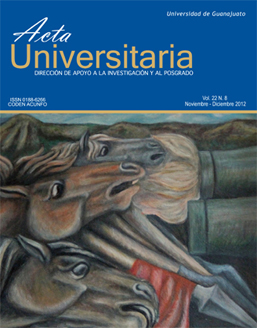Uta stansburiana: a window to evolution of reproductive strategies
Published 2012-01-30
Keywords
- Uta stansburiana,
- monogamia,
- poligamia,
- morfos OBY,
- lagartija
- Uta stansburiana,
- monogamy,
- polygamy,
- morphs OBY,
- lizard.
How to Cite
Abstract
In his famous phrase, Dobzhansky said "nothing in biology makes sense except in the light of evolution". By extension, in Neurosciences it could be interpreted as "nothing in neurosciences makes sense except in the light of behavior". The side blotched lizard Uta stansburiana has been widely used as a model organism to understand variation in reproductive strategies, which has greatly contributed to enrich the debate on the genetic basis of behavior and its consequences on the evolution of populations. Moreover, researching of Uta stransburiana has yielded interesting results about the modulation of behavior through conserved neuroendocrine pathways through the species; these data allow to establish the neuroendocrine substrate of conserved behavioral among several groups. This review synthesizes some behaviors that have contributed to the understanding of the evolution of morphological and behavioral traits sexual selection and can help to understand reproductive behavior observed in other vertebrate groups.

